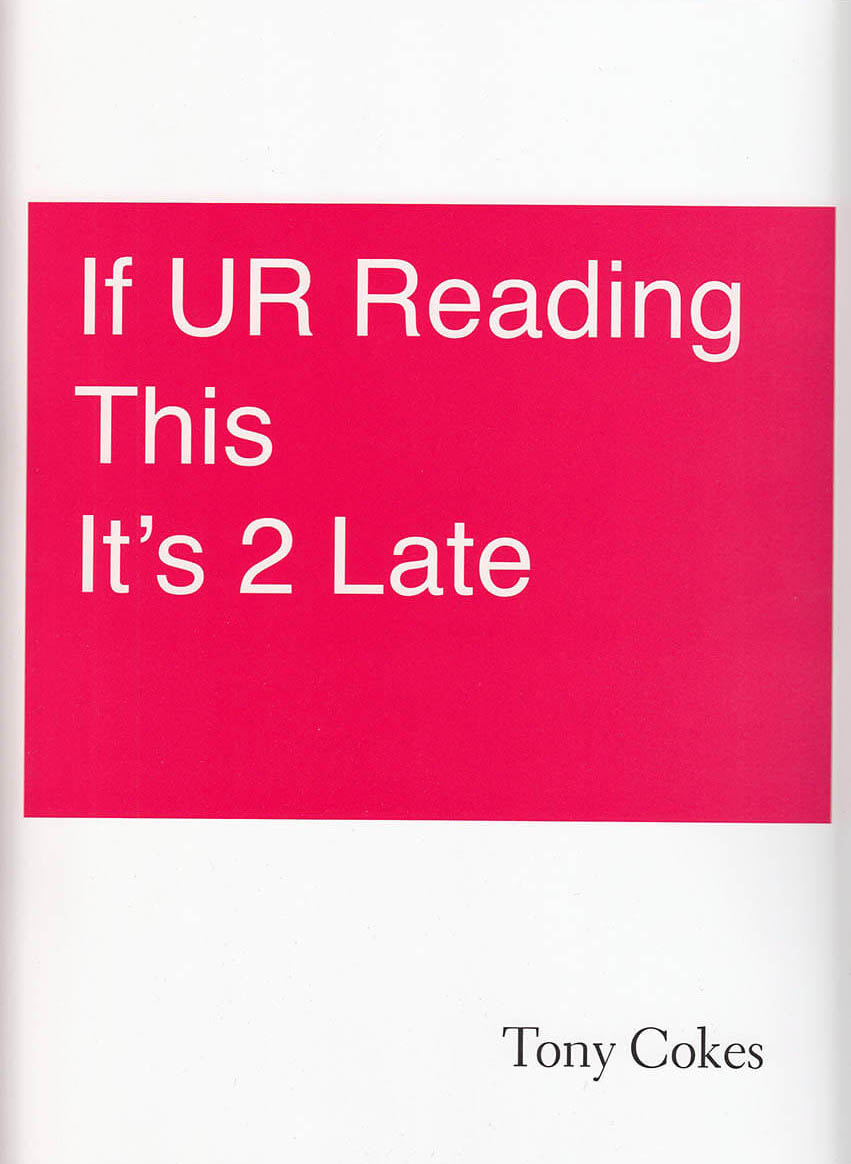
Aphasia
Aphasia is a work of art about racism and intolerance, exposing the banality and triviality of evil. The films challenges us to look (literally) more attentively and to question our own individual and collective position. Aphasia is a call, not for punishment or outrage about the crimes committed during colonial times, the Holocaust or the atrocities in Bosnia during the Yugoslavian wars. Rather, it is a call to break the collective silence, and to actually look at the blind spots that seem to have become a fundamental part of our European identity.
Texts by Branka Benčić, Berber Bevernage and Eline Mestdagh, Jelena Jureša, Barbara Matejčić, Asa Mendelsohn, Rolf Quaghebeur.
Language: English







